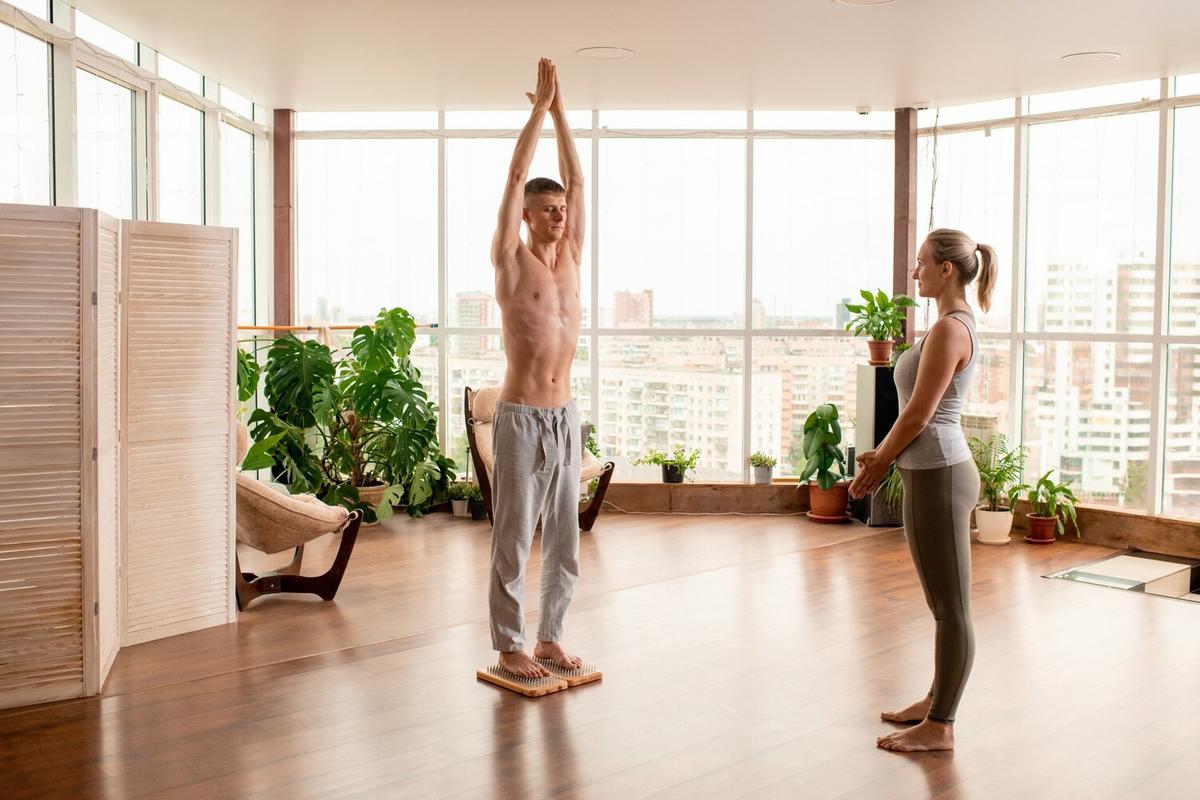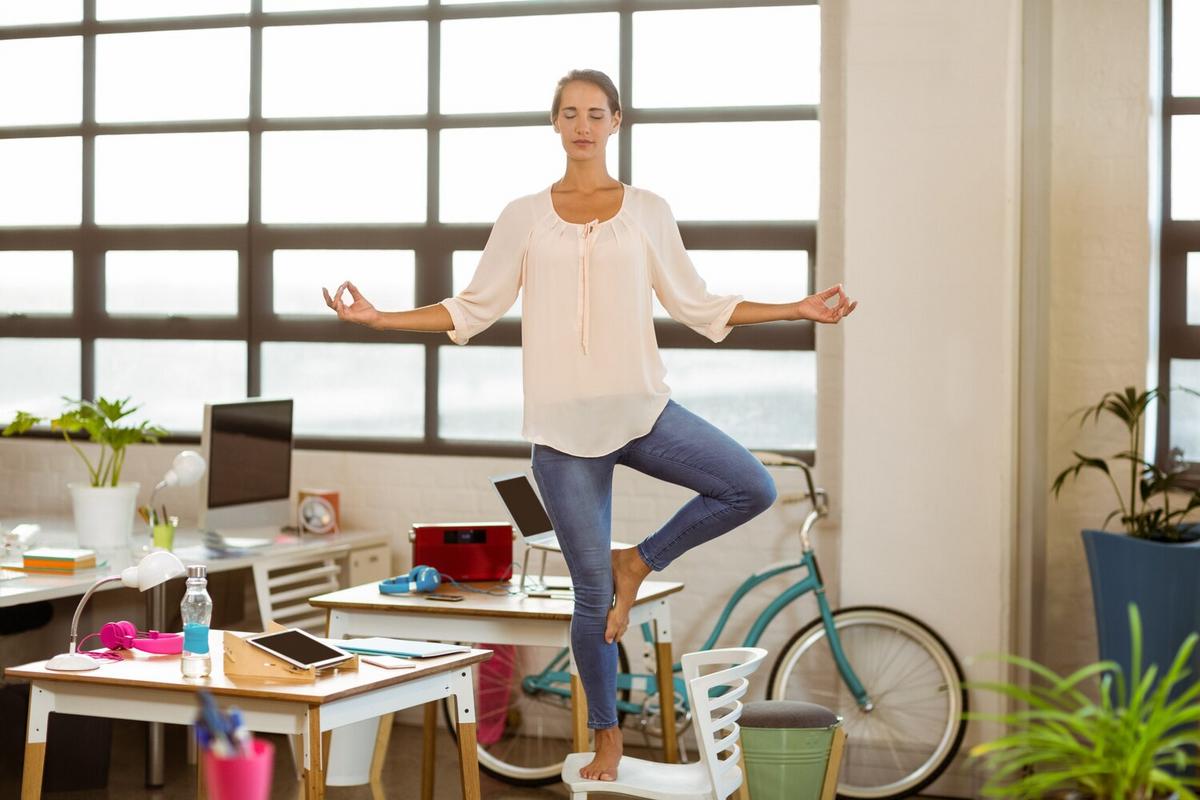
Yoga vs. Pilates: Which is Right for Your Health Goals?
Choosing the right fitness regimen can be a daunting task, especially when faced with options like yoga and Pilates, both known for their holistic benefits. Understanding their unique offerings can guide you toward aligning your health goals with the practice that suits you best.
Yoga and Pilates are two popular fitness practices that offer unique benefits for the body and mind. While both focus on strength, flexibility, and mindfulness, they differ in approach and outcomes. This article will help you decide which might be the better fit for your personal health goals.
Understanding Yoga and Pilates
Yoga, an ancient practice rooted in Indian philosophy, emphasizes flexibility, balance, and mental clarity. It integrates physical postures, breath control, and meditation. Pilates, developed in the early 20th century by Joseph Pilates, focuses on strengthening the core, improving posture, and enhancing muscle control.
Benefits of Yoga
Yoga offers numerous benefits, including improved flexibility, reduced stress, and enhanced mental focus. According to a study published in the Journal of Health Psychology, regular yoga practice can significantly decrease stress and anxiety levels. Additionally, yoga can improve cardiovascular health by lowering blood pressure and promoting better circulation.
Benefits of Pilates
Pilates is renowned for its ability to strengthen the core and improve posture. It is particularly beneficial for those recovering from injuries or managing chronic back pain. A study in the Journal of Orthopedic & Sports Physical Therapy found that Pilates exercises enhance muscular endurance and flexibility, making it a valuable rehabilitation tool.
Who Should Choose Yoga?
If your goals include enhancing flexibility, reducing stress, and achieving a meditative state, yoga might be the path for you. Yoga classes vary widely, from the intense practice of Ashtanga to the gentle flow of Hatha, allowing you to choose a style that matches your pace and preference.
Who Should Choose Pilates?
Pilates could be your go-to if you’re looking to build core strength, improve posture, or recover from injury. It offers a structured approach to muscle conditioning and is accessible to all fitness levels. Pilates equipment, like the reformer, adds resistance to workouts, amplifying its effectiveness.
| Feature | Yoga | Pilates |
|---|---|---|
| Origin | Ancient India | Early 20th century |
| Focus | Flexibility and mindfulness | Core strength and posture |
| Typical Session | 60-90 minutes | 45-60 minutes |
| Equipment | Mat, blocks, straps | Reformer, mat, ring |
| Suitable For | Stress relief, flexibility | Injury recovery, muscle toning |
| Mindfulness | High | Moderate |
| Intensity | Varies by style | Moderate to high |
| Popular Styles | Hatha, Vinyasa, Ashtanga | Mat, Reformer, Contemporary |
Frequently Asked Questions
Can I practice both yoga and Pilates?
Yes, many people find that combining both practices offers a balanced fitness routine.
Which is better for weight loss?
Both can aid in weight loss, but Pilates may offer more intense muscle-building exercises, which can increase metabolism.
Are these practices suitable for beginners?
Absolutely, both yoga and Pilates offer beginner-friendly classes to help you start your fitness journey.
Conclusion
Ultimately, the choice between yoga and Pilates depends on your personal health goals and preferences. Both practices offer exceptional benefits and can complement each other well. By exploring each practice, you can find the right balance to support your physical and mental well-being. Whether it’s the meditative flow of yoga or the core-focused discipline of Pilates, integrating these practices into your routine can enhance your fitness journey.


